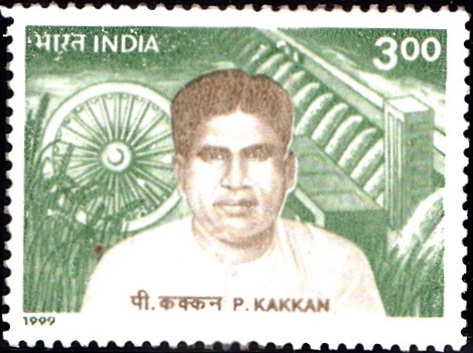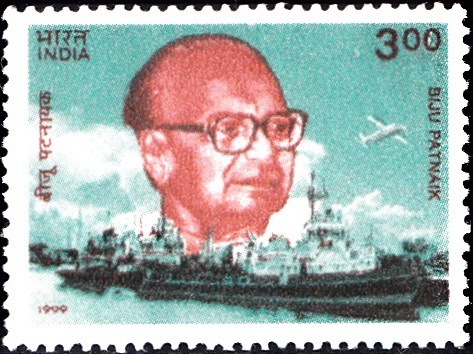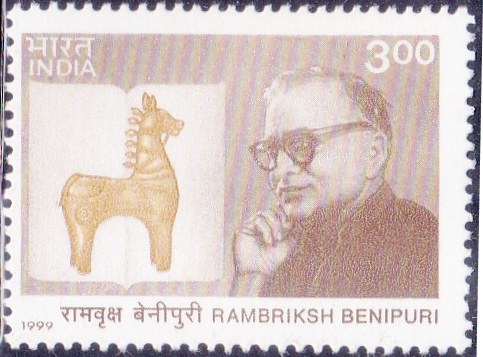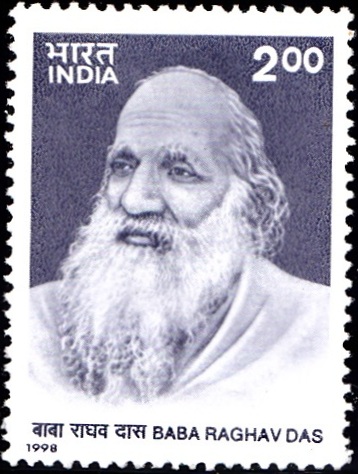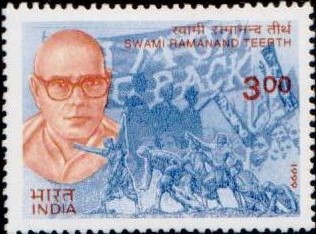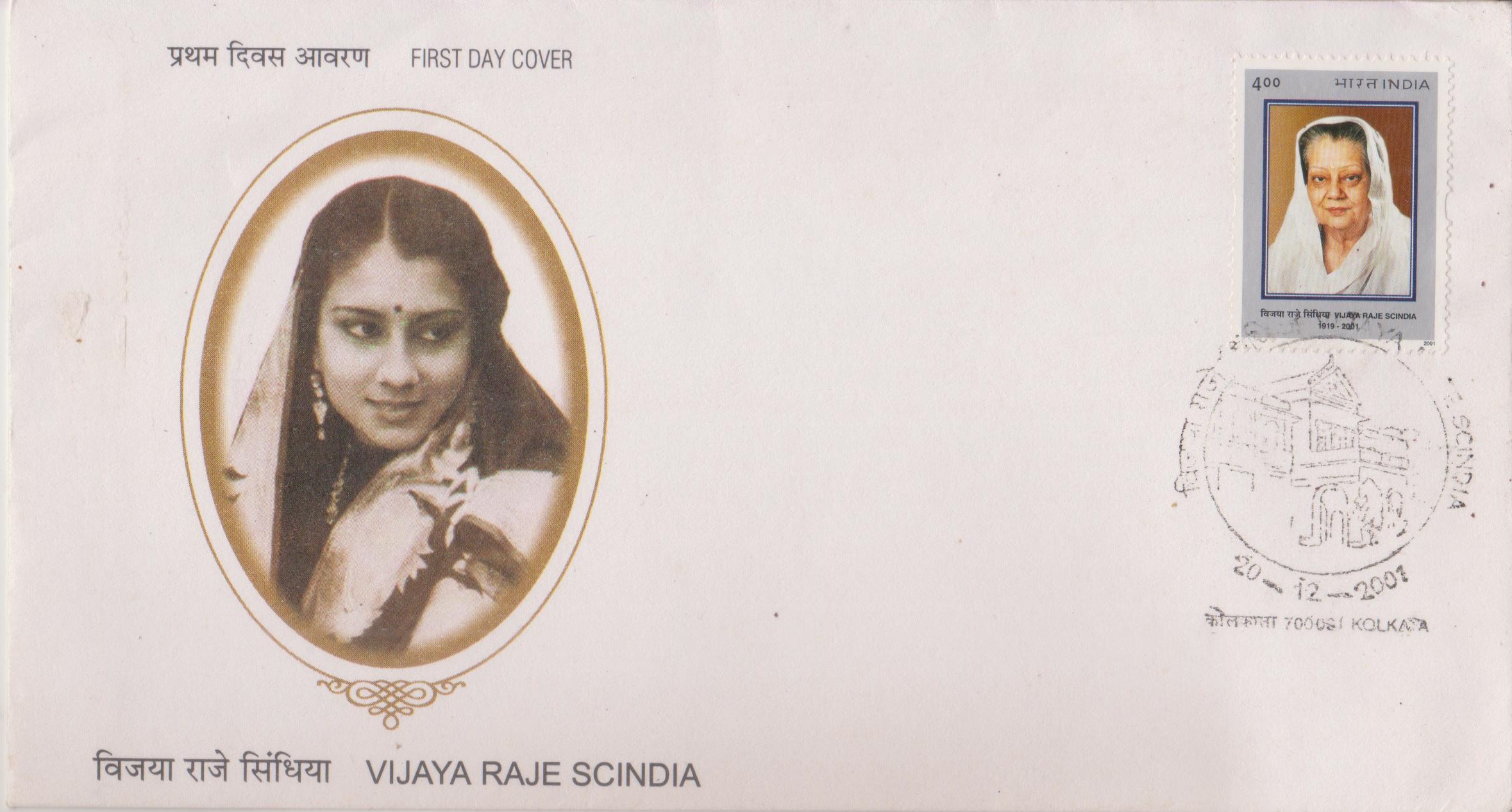
P. S. Kumaraswamy Raja
A commemorative postage stamp on P.S. Kumaraswamy Raja, 14th Chief Minister of Madras Presidency (1949-50) and 1st Chief Minister of Madras (1950-52) :

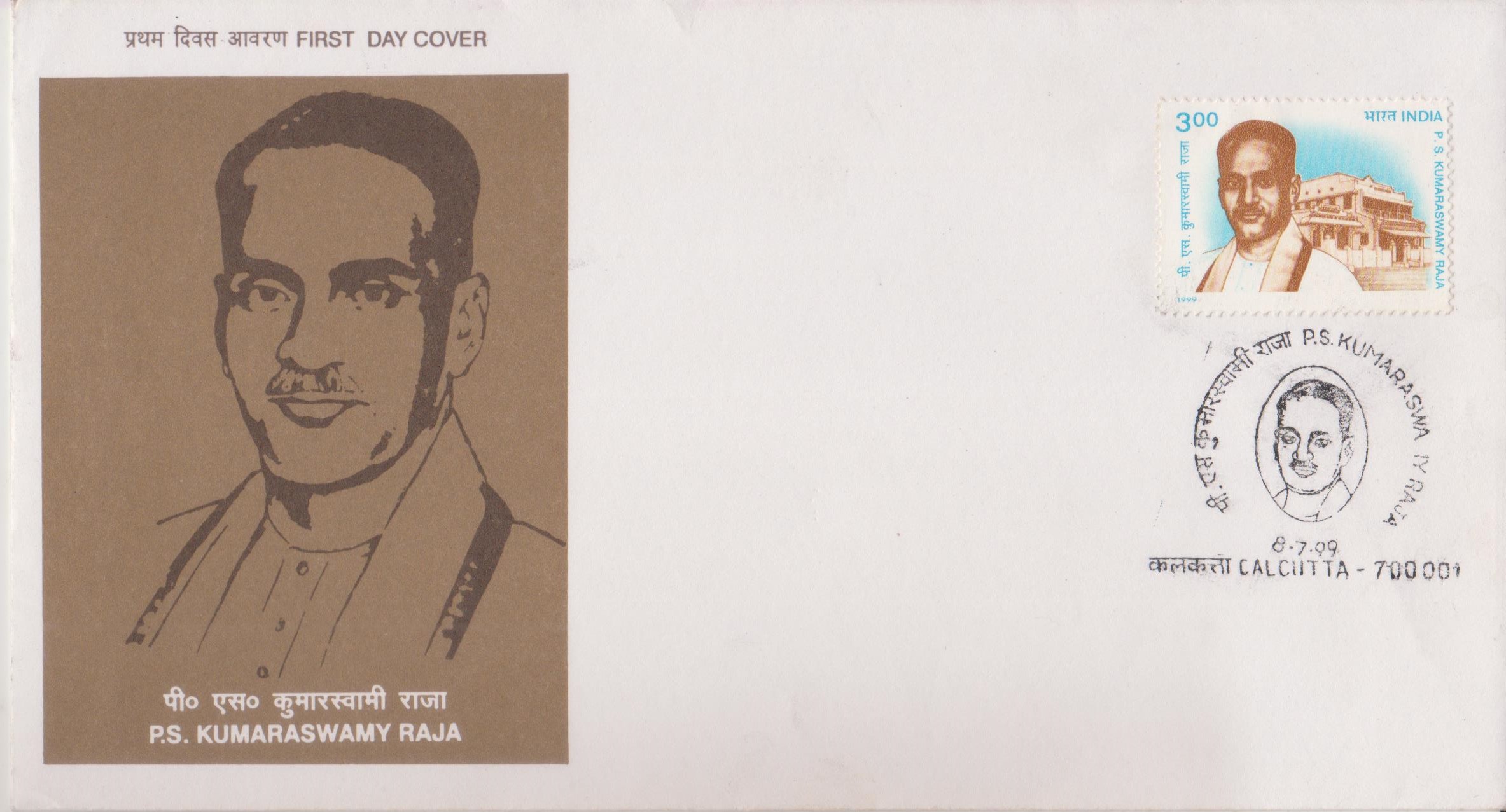 Issued by India
Issued by India
Issued on Jul 8, 1999
Issued for : The Department of Posts is happy to issue a commemorative postage stamp on P.S. Kumaraswamy Raja.
Credits :
Stamp : P.P. Rajoria
FDC & Cancellation : Alka Sharma
Type : Stamp, Postal Used
Colour : Two Colour
Denomination : 300 Paise
Overall size : 3.91 x 2.90 Cms.
Printing size : 3.55 x 2.54 Cms.
Perforation : 13 x 13
Paper : Imported unwatermarked Adhesive Gravure Coated Stamp Paper in Sheets 50.8 x 53.5 cms.
Stamps Printed : 0.4 Million
Number per issue sheet : 35
Printing Process : Photogravure
Printer : India Security Press, Nashik
Name : Poosapati Sanjeevi Kumarswamy Raja
Born on 1898 at Rajapalayam, Madras Presidency, British India
Died on 1957 at Madras, Madras State, India
About :
- P.S. Kumaraswamy Raja (1898-1957) was born at Rajapalayam in Tamil Nadu. The lives and writings of Annie Besant and Satyamurthy had great influence on his mind and character in his formative years. It was in 1919 that he met Gandhiji for the first time and started following with great interest the events in Gandhiji‘s life. Gandhiji‘s epic struggle in South Africa, the founding of the Ashram in Ahmedabad and the Champaran struggle made a profound impression on him and the utter simplicity of Mahatma‘s life also evoked his unbounded admiration.
- Raja‘s career from adulthood till his death was marked by hectic activity. He wrote, spoke, and organised the Congress Party at the village level. His principal work, ‘My Induction As A Gandhite‘, brought him fame. In his speeches he stressed the need for unity and a spirit of dedication to achieve freedom from the British rule. Raja served as the Vice-President of the Reception Committee of the first Khilafat Conference held in Madras in February 1930. He was then elected to the Madras Legislative Assembly from the Chitur constituency and later became a member of the Madras Cabinet, formed on 14 July 1937. He was the Minister for Public Works. His long and eventful public life saw him adorning various positions like the President of the Ramnad District Board and Minister for Agriculture in the Provincial Government. After independence, he became the Chief Minister of the Composite State of Madras. He adorned this office till 1952. In 1954, he was appointed as the Governor of Orissa. He resigned from that post in 1956.
- Raja was an ardent Congressman and served the organisation faithfully. He had to undergo many trials and tribulations in his personal life. He was arrested and sent to jail in 1917 for participating in the Home Rule Movement. But Raja was not deterred; nor could the preventive measures of the Government curb his enthusiasm for political movements. He organised public meetings in Rajapalayam and in 1919, leaving his studies, he organised the Satyagraha Movement. In 1932 he was again sentenced for one year. On release from jail, Raja resumed his activities. The next imprisonment came in December, 1940 for starting Individual Satyagraha.
- His was a life of noble activity, dedication and selfless service for the people of the country. He was a staunch proponent of the concept of “separation of the Judiciary from the Executive”. Prohibition, promotion of Khadi and Temple Entry Legislation were his other notable achievements. He donated his house for starting an institution of culture called ‘Gandhi Kala Mandiram’, Rajapalayam. Rajapalayam became a great industrial centre mainly due to his drive and interest.
- Text : Based on materials provided by sponsors.


